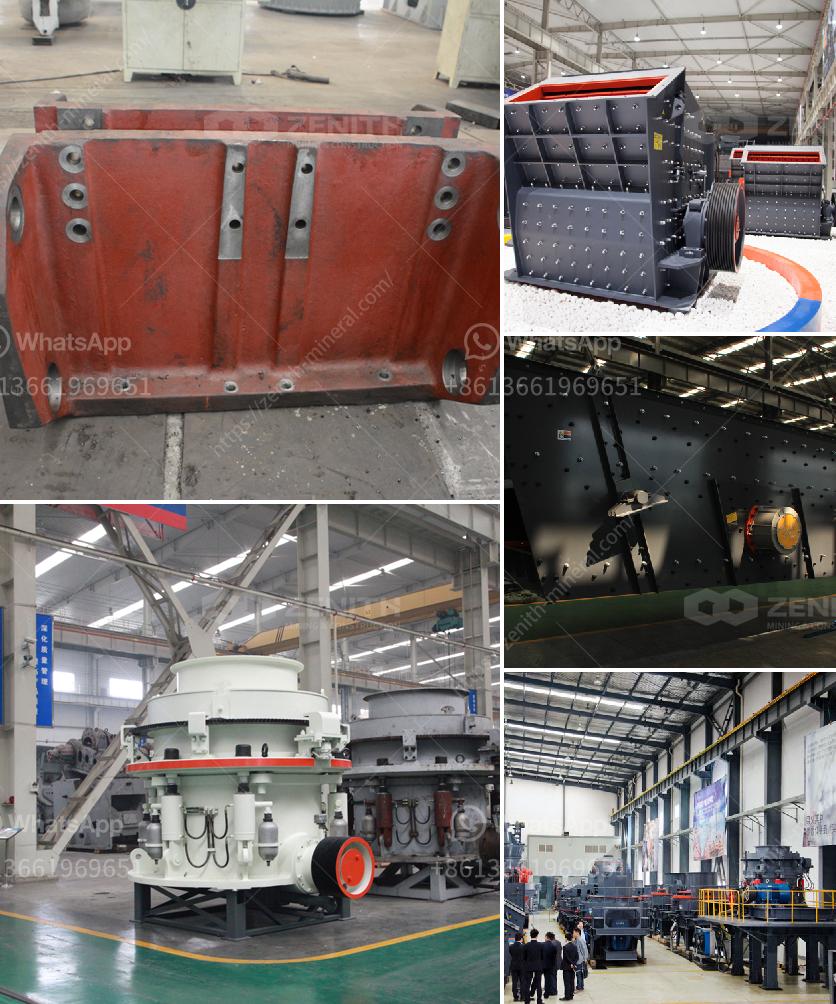Talcum powder, commonly known as talc, is a mineral composed primarily of magnesium, silicon, and oxygen. It is widely used in various industries, including cosmetics, pharmaceuticals, and food processing, due to its softness, absorbency, and ability to reduce friction. The process of mining talcum powder involves several steps, each of which is crucial to ensure the quality and purity of the final product. Here is a detailed explanation of how talcum powder is mined:
The first step in mining talc is to locate talc deposits. Geologists conduct extensive surveys and use various techniques, such as geological mapping, geophysical surveys, and drilling, to identify potential talc deposits. Once a deposit is found, samples are taken and analyzed to determine the quality and quantity of the talc.
Once a viable talc deposit is identified, the extraction process begins. Talc is typically extracted through open-pit mining, although underground mining can also be used in some cases. The choice of mining method depends on the depth and quality of the deposit.
After the talc ore is extracted, it is transported to a processing plant where it undergoes crushing and grinding. The ore is first crushed into smaller pieces using jaw crushers, cone crushers, or impact crushers. The crushed ore is then ground into a fine powder using ball mills, roller mills, or hammer mills. This process helps to reduce the size of the talc particles and increase the surface area for further processing.
Beneficiation is the process of improving the quality and purity of the talc. This involves several steps, including:
After beneficiation, the talc is dried to remove any remaining moisture. This is typically done using rotary dryers or fluidized bed dryers. Once dried, the talc is further milled to achieve the desired particle size and consistency. This may involve additional grinding, air classification, or other milling techniques.
The final step in the process is quality control and packaging. Samples of the talc powder are taken and analyzed to ensure that they meet the required specifications for purity, particle size, and other properties. Once the talc passes quality control, it is packaged in bags, drums, or bulk containers for shipment to customers.
Mining and processing talc can have environmental and safety impacts. It is important for mining companies to follow best practices and regulations to minimize these impacts. This includes:
In conclusion, the process of mining talcum powder involves several steps, from exploration and extraction to crushing, grinding, beneficiation, drying, milling, and quality control. Each step is crucial to ensure the quality and purity of the final product, and it is important for mining companies to follow best practices to minimize environmental and safety impacts.

